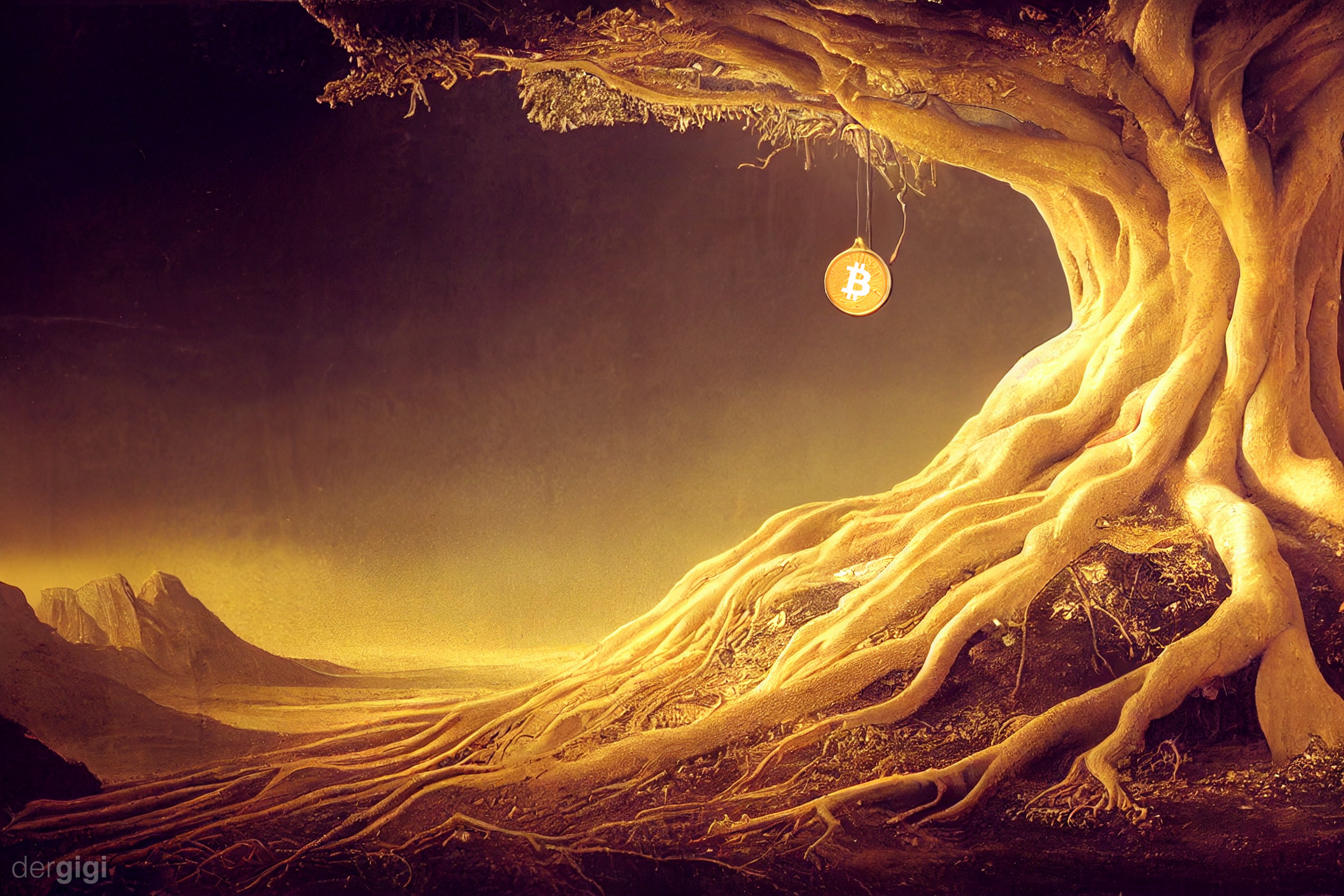The Other Side of the Coin
Computational proof of the chronological order of transactions
2 translations 🧡Cryptography is only one side of the coin, and cryptography is not enough. Why?
Cryptography is not enough because cryptography requires secrecy. It requires key holders, and when it comes to a global monetary system, we don't want anyone to hold the "master key."
In Bitcoin, your private key is only one-half of the equation. You also need the so-called public ledger, which records the information that is public to all.
To ensure that public information has integrity—without falling back to cryptography, which requires private information and thus secrecy—we need to use something else.
That something else is proof-of-work: computational proof, not cryptographic proof.
…we propose a solution to the double-spending problem using a peer-to-peer distributed timestamp server to generate computational proof of the chronological order of transactions.
Strong cryptography makes direct attacks virtually impossible, as Bruce Schneier pointed out. The universe will die of heat death before you will be able to brute-force strong cryptography.
Proof-of-work makes direct attacks merely impractical, as Satoshi pointed out. Without the luxury of private keys, we can't use cryptography to construct a shield in cyberspace. We have to use computation directly.
…we proposed a peer-to-peer network using proof-of-work to record a public history of transactions that quickly becomes computationally impractical for an attacker to change if honest nodes control a majority of CPU power.
The proof is in the pudding, i.e. in the public data itself. There are no private keys. There is no secrecy. Everything is out in the open for anyone to look at. Openness allows for public verification, and it is public verification that removes trusted third parties & inspires awe.

That's why Bitcoin is "high art," why Bitcoin Can't Be Copied, and why there is no Bitcoin 2.0. That's why Bitcoin doesn't require a quorum of key holders. Truth is embedded in the data itself. You don't need a key to decipher it.
Bitcoin is the most secure network, not because it has the best cryptography, but because it has the most accumulated computational proof.
Cryptographic algorithms can be copied for free. Computational proof can not. And because the computational proof is entangled with Bitcoin's ruleset and age, and because you and you alone are responsible for enforcing said ruleset, and because the threshold that defines the validity of said computational proof had to grow organically, and because you can neither copy history nor electricity, one can only arrive at one conclusion: there is no second best.
Cryptography is only one side of the coin. The other side is the creation and verification of computational proof, which is required to have public data that is auditable, integral, and truthful—without relying on trust.
To adopt responsibility for one side of the coin—the cryptographic side—you have to hold your own keys. 12 words: in your head, or on a piece of paper, or stamped into metal, or stored securely on a signing device.
To adopt responsibility for the other side of the coin—the computational side—you have to run your own node. 21 million: never more.
Bitcoin's heartbeat is what connects the two, and what makes the coin whole. Tick-tock, next block. Every 10 minutes. Every 10 minutes. Every 10 minutes.1
“Amidst attention-grabbing headlines this week that will be talked about for decades, I want to bring your attention to one far more profound and awe-inspiring non-headline: every 10 minutes a new bitcoin block was produced. Every 10 minutes. Every 10 minutes.” —Ross Stevens ↩
Translations
- German translation by Der Geier
- Italian translation by Italian Satoshi
Want to help? Add a translation!
🧡
Found this valuable? Don't have sats to spare? Consider sharing it, translating it, or remixing it.Confused? Learn more about the V4V concept.
